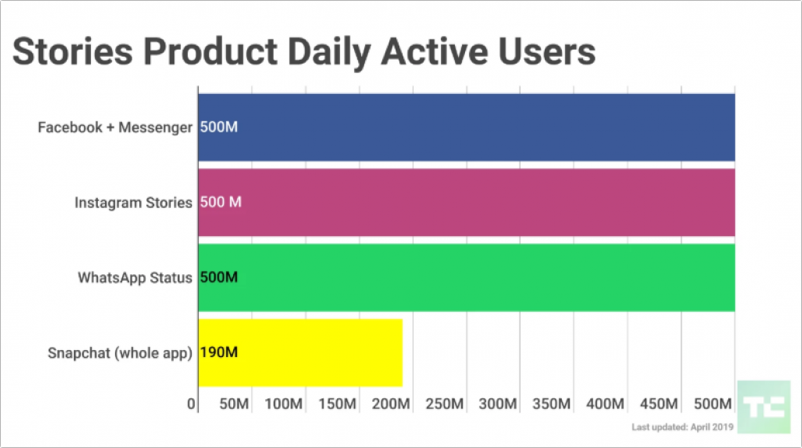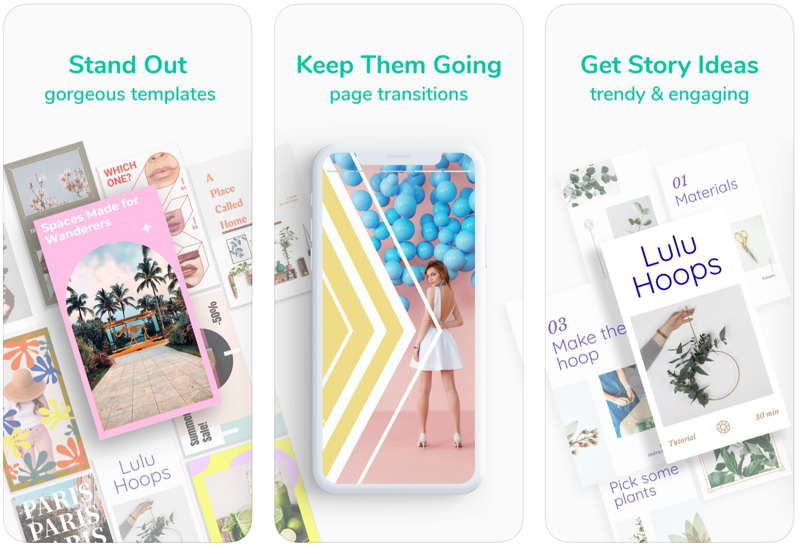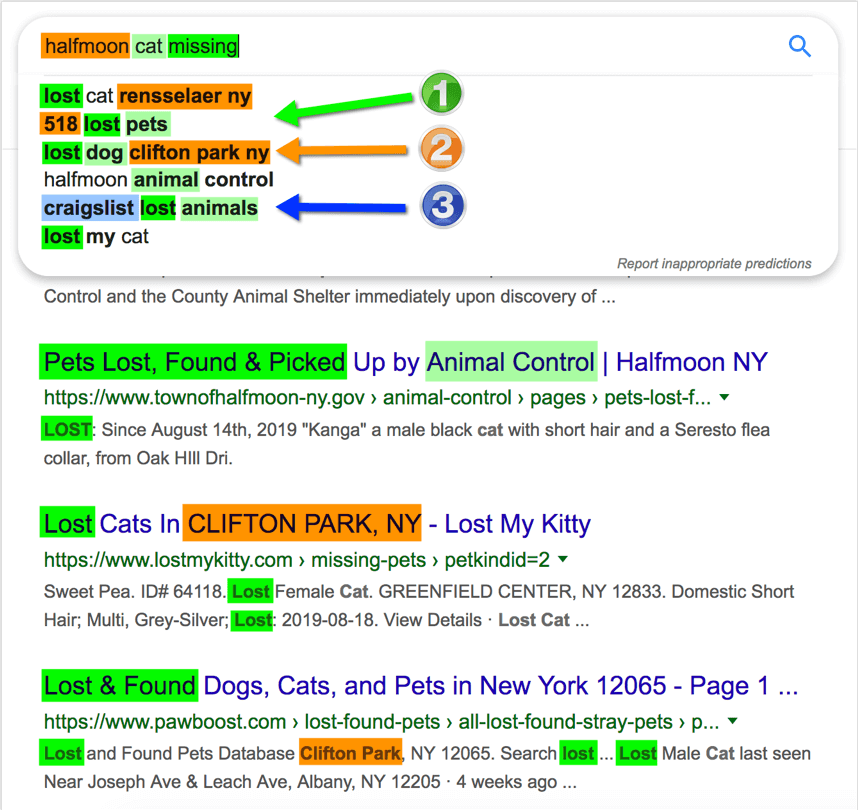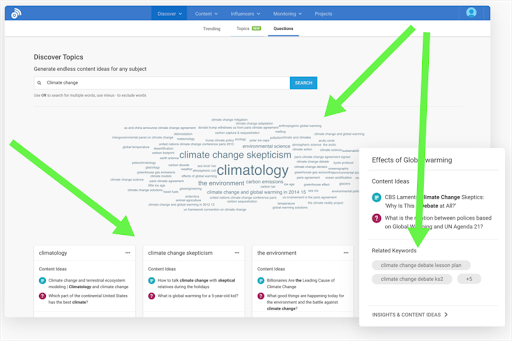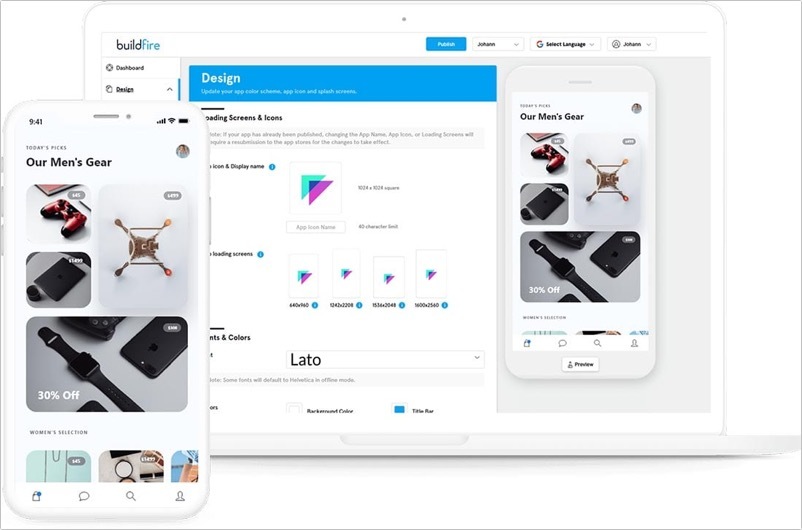Content marketing is being re-defined and disrupted by fast-advancing technologies.
Are you staying behind?
Here are five innovative content marketing tactics you should consider integrating into your marketing strategy in 2020, and a few tools to make your life easier:
1. Social Media Stories Are Replacing Updates
Social media updates are getting old. New generations are leaning towards new social media formats, like live videos and stories.
Story-telling is re-defining social media making it faster, more creative and quite ephemeral. Stories live for 24 hours only and contain seconds-long glimpse of people’s lives.
If you needed any proof of this new social media phenomenon, here are some of the most recent stats:
- According to Instagram itself, stories are published by 500 million users daily and a third of the most popular stories are done by businesses
- A quarter of Millennials and Gen Z users look for Stories of the products before buying
- One of the main reasons users love stories is that they like “unedited and authentic content” (according to Facebook)
- As of 2021 there are 1 billion active monthly TikTok users. The site overtook Google as the most popular domain on the internet.
Social media stories can boost engagement, build brand awareness on several popular social media platforms, beyond Instagram:
What should content marketers be doing?
Well, the obvious takeaway here is of course “Go ahead and post stories everywhere” but it is easier said than done.
With so much awesome content already being created, how can you create social media stories that stand out
Being unique means being you.
The secret of successful social media stories is making authentic content that reflects your personality. This is one of those marketing areas where competitive research might not help. Your social media story content ideation should be driven by your brand’s unique assets: That is you (the founder, CEO, etc,) and your team, your company’s vision, day-to-day office life, etc.
To help you create more beautiful and diverse stories, here’s a cool new app to try: StoryBoost by BoostApps. The app offers thousands of unique templates, eye-catching animations, creative stickers, etc. – everything you may need to package your unique authentic ideas into memorable social media stories on Instagram and Facebook.
2. Semantic optimization is replacing keyword matching
Google has moved away from exact-match keyword matching. These days they understand context and search intent to be able to deliver results that answer the search query in the best possible way.
In other words, Google has embraced semantic search algorithm that understand users’ needs beyond the exact keyword strings they chose to type (or speak) into the search box:
What should content marketers be doing?
Google’s fast-advancing algorithm calls for more advanced content research and creation tactics. It is no longer enough to put together a 500-article focusing on an identified keyword string. Your content need to provide in-depth research into the topic mentioning related concepts and entities.
To help you out, here are a few tools:
- Use Google’s own “Natural Language” tool that “uses machine learning to reveal the structure and meaning of text”. The tool helps you break any content (e.g. Wikipedia article) into underlying concepts and entities to help you in your content research
- Use Buzzsumo’s Content Discovery Tools (especially Question Research section) that use semantic analysis to identify trends, related concepts and questions to help you enrich your content:
Text Optimizer is another semantic optimization tool to check out. It helps you match your copy with Google’s and its users’ expectations by suggesting closely related and underlying concepts to cover in your content. It also helps build sentences to keep those important terms in close proximity:
‘3. Omnichannel marketing is no longer an option. It is a necessity
According to multiple reports (all summarized in this comprehensive omnichannel marketing guide) more than 70% of consumers use multiple channels throughout their shopping journeys.
On the other hand, omnichannel marketing strategy can drive higher engagement and brand loyalty, according to ClickZ:
What should content marketers be doing?
For a content marketer, making sure your content is findable and available on multiple platforms is key to online visibility and recognizability. In the era when everyone – from independent bloggers to huge brands – has become an online content publisher, you really need to be everywhere to get your content and expertise noticed.
You can do that by using a content re-packaging tactic.
Content re-packaging is about creating multi-format content assets simultaneously.
For example, you can:
- create an eBook while..
- working on a series of articles while…
- visualizing the steps using visual flowcharts while…
- turning your takeaways into a slideshow-style video.
With content repurposing you can productively cater to multiple marketing channels with a single content asset.
4. AI-Driven personalization is fueling brand loyalty
Despite the growing privacy concerns, advanced personalization is quickly becoming a norm. According to Salesforce, the majority of consumers are willing to share their personal data in exchange for a personalized shopping experience, and most of online shoppers expect to receive personalized product suggestions after the first purchase.
Personalization is driving customer loyalty and buying decisions. Many consumers reveal that, thanks to personalized suggestions, they buy more products they didn’t even think they needed.
This means consumers use traditional search less and less. Their buying decisions are influenced by AI algorithms and personalized recommendations.
What should content marketers be doing?
As a content creator, you can still use AI-driven personalization to build brand loyalty and boost conversions. Here are a few ideas:
- Create dynamic email recommendations based on your content readers’ past engagement, such as an ebook downloaded, a link clicked, etc. There are a few affordable email automation platforms available now that can handle these personalized email campaigns for you. ConvertKit is one example. Of course, you need to keep GDPR rules in mind.
- Set up “on-demand content” channels to deliver content automatically when users need it. Here are a few powerful solutions to do that.
- Create personalized experiences for returning readers. Specifically, target your on-site call-to-actions to each returning user.
You personalize your readers’ experience by using tools like Finteza that allows to set up conversion goals and launch advertising campaign based on the visited pages and past events. For example, you can serve personalized ads to your free guide readers to encourage them to download your premium eBook:
5. Desktop browsing is falling behind
Mobile browsing surpassing desktop browsing is no news at this point but it doesn’t mean it has stopped being a trend. The growth is unprecedented and it still happening:
- Mobile Internet usage has grown ~500% in daily media consumption since 2011.
- Mobile searches surpassed desktop searches back in May 2015.
- By 2017, mobile devices accounted for 50% of web page views worldwide.
- Global mobile data traffic is expected to see a ~50% increase by 2021.
On average, US-based Internet users spend around three hours browsing the web from their smart phones (which is more than watching TV). The majority of that time is spent using apps.
What should content marketers be doing?
There are obvious steps to take here, including:
- Pick a mobile-friendly theme (and install plugins that ensure faster load time)
- Structure your content for higher readability on smaller screens (i.e. Use short sentences and paragraphs)
- Make sure your pages provide a clutter-free reading experience (there are no pop-ups, overlays and intrusive CTAs that could interrupt browsing and send your readers away)
But, keeping in mind that mobile browsing trend is leaning toward app-like experiences, are there more effective steps to take here?
Yes! Consider both of either of these tricks:
- You can turn your website into a mobile app (or provide app-like browsing experience) using any of these plugins that convert your WordPress site into an app
- You can create a standalone app by re-packaging your content into:
- A video course (Udemy and many other video content managers make your content available through their native mobile apps)
- A content-based app: Tools like Build Fire let you build mobile apps without any technical knowledge required.
All of the above tactic will provide your content readers with app-like experience and make your content discoverable through mobile app search.
Five takeaways
- Story-telling is one of the most effective ways to build (organic) engagement on an array of social media platforms. It is also one of the least disruptive ways to market your products on social media as users can find them outside of their friends’ timelines
- Keyword optimization is getting old. Google uses semantic analysis for deeper content understanding which helps the search algorithm satisfy its users’ intent in a much more effective way. To create better content, use semantic analysis tools.
- Omnichannel marketing means you your assets should be found everywhere. While it sounds impossible, it can be pretty easily achieved by content re-packaging tactic.
- Advanced personalization is what being expected from any online brand or publisher online. Create personalized experiences for your content readers using email marketing automation and advanced targeting of your site return users.
- Mobile browsing is growing, and most of it happens through mobile apps. To make your content discoverable through app directories, use plugins that turns your site into progressive apps, and create standalone content-based apps using app building tools.
Are there new content marketing tactics you are going to try in 2020? Please share your list!
Categories
Marketing TrendsThe Monthly Buzz⚡
Subscribe to BuzzSumo's monthly newsletter to:
Stay up-to-date with the best of the best in content marketing 📝
Get data-informed content, tips and tidbits insights first 👩🏻💻
Read top shared content by top marketing geeks 🤓
